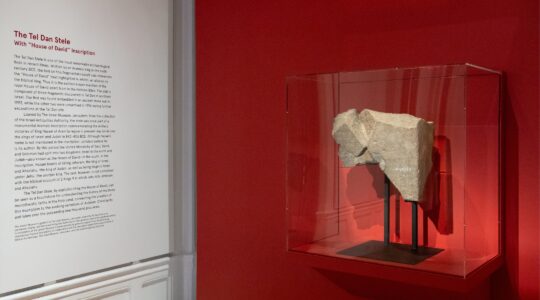Like many foreigners, my husband, Oggi, was intrigued by the Florida Keys, a singular geography that has no European equivalent. Every year during the Florida family trip, I’ve promised him that we’ll drive all the way down to Key West. This year I finally delivered.
It looks much the same as the last time I visited — in the mid-’80s, with my dad at the wheel. My dad likes to talk about the old U.S. Route 1: how it was the Maine-to-Florida highway when he was growing up, before they built the Interstate. According to him, U.S. 1 hasn’t changed much.
Certainly there is little variation in the roadside scenery as you wend slowly south from Miami on Route 1: car dealerships, fast food, gas stations, the odd strip mall. This is the classic American landscape, born of practicality rather than aesthetics.
But this time I was seeing it through the eyes of my European husband, awed by the scale and ambition of the part of Route 1 called the Overseas Highway, which connects dozens of tiny, narrow islets. You can see water on both your left and your right — even from the highway’s overland stretches — but the Keys stretch out for a solid two-plus hours of driving time.
The paradox of this quintessentially American region is that it is both vast and intimate — a huge territory where locals all seem like next-door neighbors. You leave behind the multilingual cosmopolitanism of Miami, with its ethnic eateries and cultural enclaves, and enter a friendly, small-town world of boaters and fish shacks.
And forget dressing for dinner. When I told the hotel proprietor to recommend a “not too fancy” restaurant, he chuckled: “There’s nothing fancy anywhere in the Keys.”
There is, however, a lot of religion. If South Beach makes you forget that you are, strictly speaking, in the American South, the Keys reminds you with a steady line of churches along Route 1. The Keys Jewish Center, in Tavernier at the southern tip of Key Largo, caters to residents from around the islands; in Key West, where a Jewish merchant class thrived decades before discovering Miami, the beautiful B’nai Zion is South Florida’s oldest congregation at 126 years old.
Arguably the dominant religion of the Keys is boating — a passion that I, a person who gets queasy just thinking about a boat, do not share. But it was scenic, halfway down Route 1 to the city of Marathon, to stop at a wharf and watch the boats come and go, unloading their catch: grouper, snapper, something ominously called hogfish (probably the only kosher hog around).
At Keys Fisheries, as the sun set over the Gulf of Mexico, we watched alarmingly large fish swim all around the pier. I grew uneasy at the idea of those creatures swimming alongside me, but as it turned out, finding a swimming beach in the Keys is not so simple anyhow; most of the shoreline is rock and vegetation.
Bahia Honda, a park about halfway down the Keys, is an exception. You can frolic among the mangroves, picnic under the palms and actually dip into the pale-green Caribbean. In Marathon, we stayed in a ’40s-style bungalow motel, we also found sand at Sombrero Beach; a hidden gem improbably located at the end of a suburban lane, the beach looks like a vision of paradise.
As idyllic as they seem — white coral sand, pale turquoise sea, palms curving overhead — these bays tend to be a bit shallow for serious swimming. We jumped back in the car and headed past Marathon’s Tiki-bar alley, bound for the Lower Keys.
There are few sights as impressive as the dashboard view of the Seven Mile Bridge, one of the bridges of the Overseas Highway. The huge, picturesque Florida sky above, dotted with puffy white clouds (or pink ones, depending on time of day); the open sea on either side, a mélange of turquoise, navy and pale green shoals, with dark-green tufts of mangrove.
Support the New York Jewish Week
Our nonprofit newsroom depends on readers like you. Make a donation now to support independent Jewish journalism in New York.
When my dad returned to Key West, he complained about how they’d built up and commercialized the mellow naval town he knew in the ’60s. But the Old Town I found was quaint and vaguely sleepy, with neat lanes of proper Victorian houses in shades of pink and yellow. It was a hot May afternoon, and the heat seemed to settle on these gabled porches, with barely a breeze stirring the lush tropical vegetation. Now and then a bicycle whizzed by.
Duval Street is the famous hub of Key West nightlife, but in the daytime it hummed at a low-key shopper’s pace. Tourists posed in front of Margaritaville, ate Key lime pie on shady patios and paused to gawk at Hemingway’s home (quite fancy for a writer). We snapped pictures in front of the iconic Southernmost House in the U.S., now the Southernmost House Historic Inn, and gazed out toward Cuba, just 90 miles across the water.
Key West might be on the nation’s farthest fringe, but it feels as American as … well, Key lime pie.
The New York Jewish Week brings you the stories behind the headlines, keeping you connected to Jewish life in New York. Help sustain the reporting you trust by donating today.




